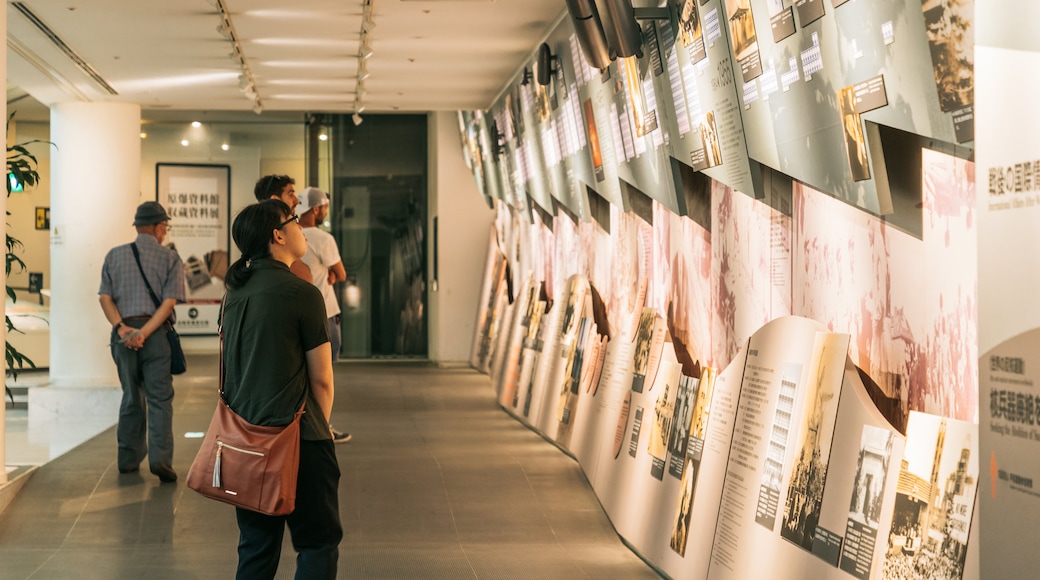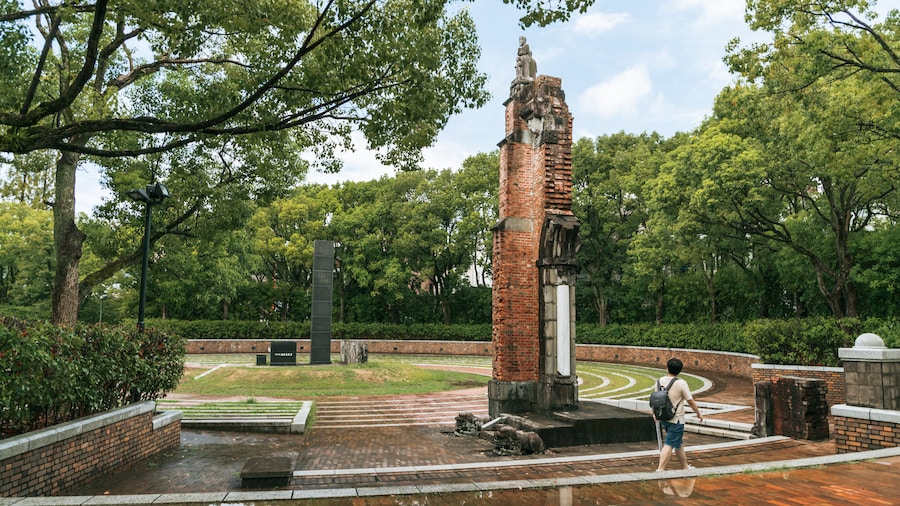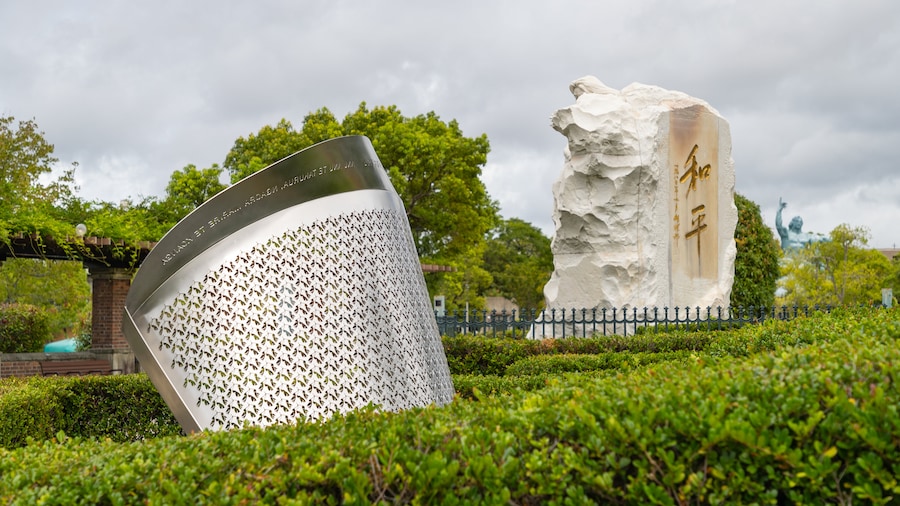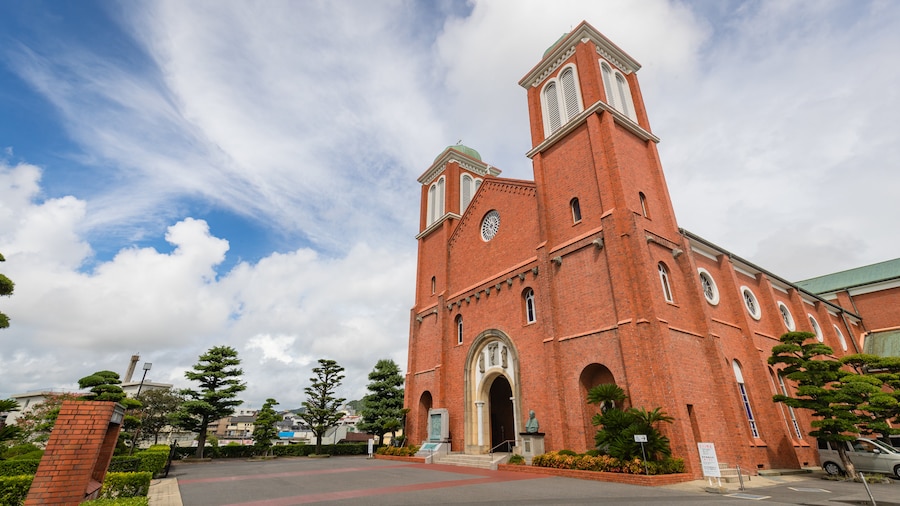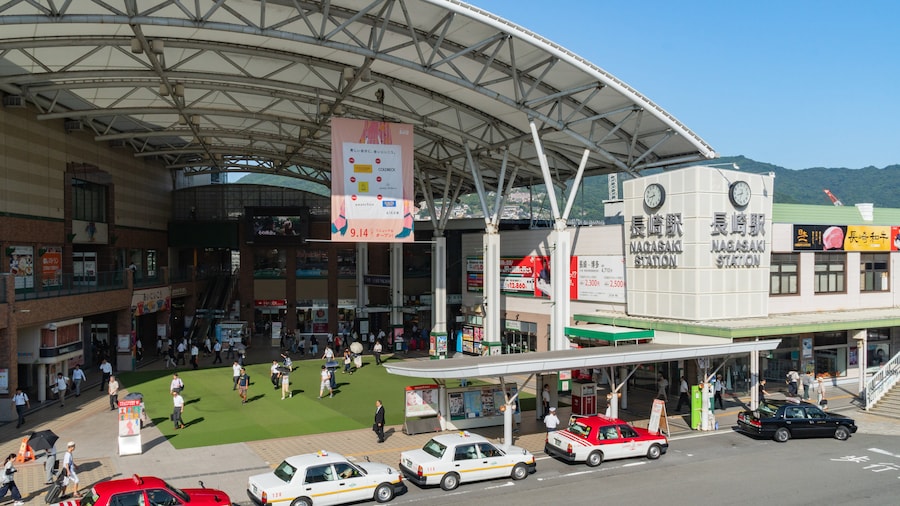The atomic bomb’s shock factor never lessens with time. A walk through this building makes sure it’s not forgotten. Comprehend this horrific event by visiting here.
Nagasaki Atomic Bomb Museum provides a very sobering and tragic account of the city’s horrific exposure to an atomic bomb, one of the world’s worst weapons of mass destruction. When the bomb, named the Fat Man, released all of its power 1,640 feet (500 meters) above the city, about 70,000 individuals instantly perished and another 70,000 later died from its effects. Visit the museum’s somber displays to face the grim realities that occurred in Nagasaki on a summer morning on August 9, 1945.
The museum provides reminders of that fateful day and helps influence attitudes that such a weapon must never be used again so that peace can prevail. It’s also an area that serves as a memorial for many who were never found.
Soon after entering the building notice a dummy bomb suspended threateningly to give the impression of hurtling toward its target. The twisted remnants of a school’s water tower illustrate the ferocity of the blast near the bomb’s hypocenter.
Spend time going through the displays showing metal that melted from the heat and glass fused together.
The museum has four sections providing visitors a sense of what Nagasaki was like just before the bomb, the effects upon detonation, the city’s recovery efforts and a call for world peace.
People of all ages, but especially children, may find sections of the museum to be traumatic with its graphic details. Citizens’ accounts through letters are also disturbing.
Water is an underlying theme at the museum to indicate the immense thirst survivors faced following the blast. Water in the area was largely unfit to drink or evaporated.
The museum was opened in 1996 and replaced an earlier one built in 1955. It’s open every day except several days at yearend. Students pay half-price for admission.
Walk to the Nagasaki Atomic Bomb Museum in a few minutes from the Hamaguchi-machi or Matsuyama-machi stops for trams 1 and 3.



